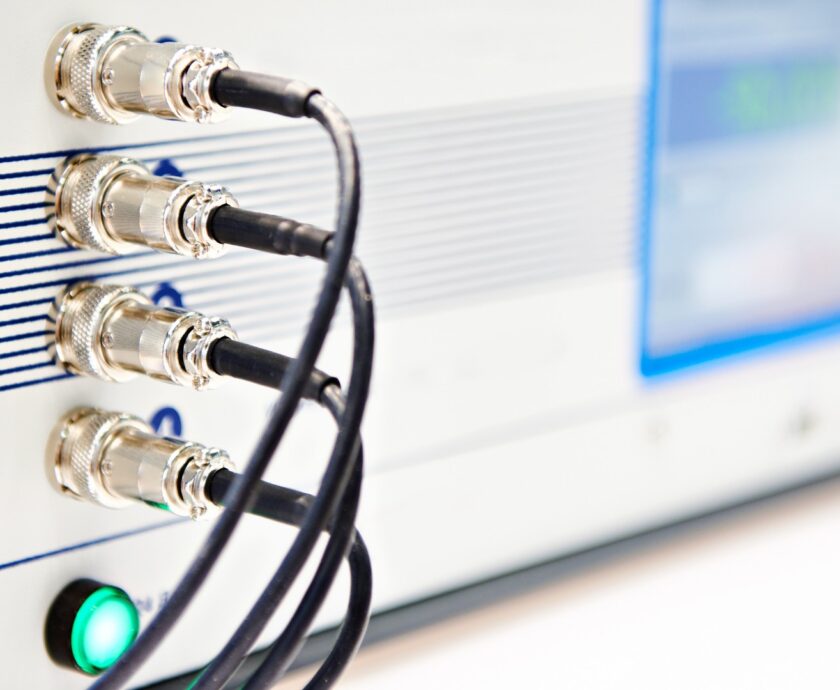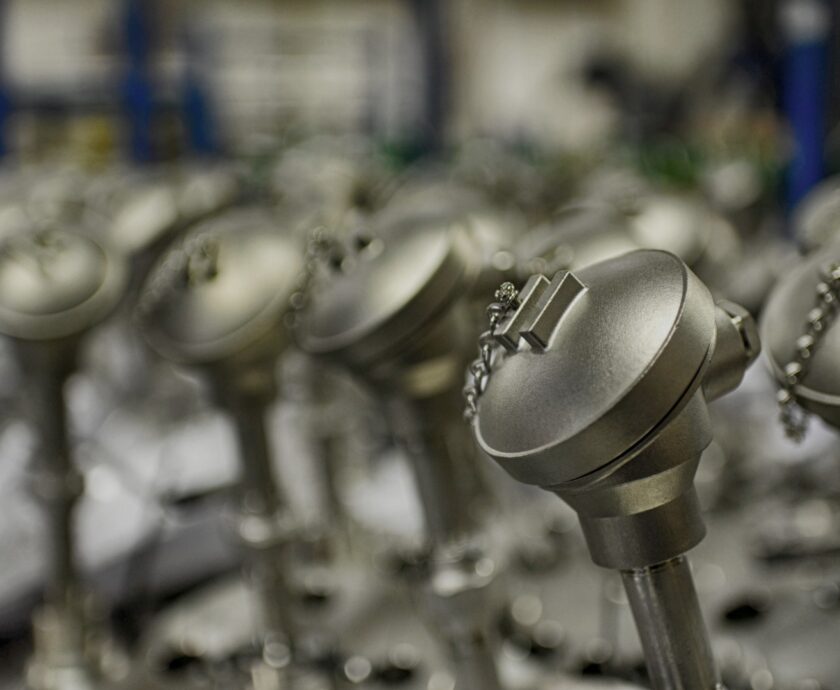Resistance Temperature Detectors (RTDs) are commonly used for their accuracy in measuring temperature. However, one challenge they face is self-heating, which can cause errors in temperature readings. Self-heating happens when the electrical current running through the RTD generates heat inside the sensor, causing the sensor’s temperature to rise above the actual temperature it’s supposed to measure. To keep RTDs accurate, it’s important to understand why this happens and how to reduce its effects.
Self-heating is mainly caused by the Joule heating effect, where electrical resistance produces heat. The amount of heat depends on how much current flows through the RTD and the RTD’s resistance. The more current or resistance, the more heat is generated. The construction of the RTD, such as its size and the materials used, also impacts how well it releases heat into its surroundings. If the RTD isn’t built to allow heat to escape efficiently, self-heating can become a bigger issue.
When self-heating occurs, it can make the RTD give higher temperature readings than the actual temperature of the process. This is particularly problematic in applications where accurate temperature control is critical. Inconsistent readings can lead to problems like poor process control, reduced product quality, and higher operational costs. Over time, the heat from self-heating can also wear down the RTD, shortening its lifespan.
Ways to Reduce Self-Heating in RTDs
There are several strategies to minimize self-heating and ensure the RTD gives accurate temperature readings:
- Lower the Excitation Current
Reducing the current running through the RTD is a simple way to reduce the amount of heat generated. However, the current should not be reduced too much, or it may affect the strength of the signal the RTD provides. Using advanced techniques like low-current sources and amplifiers can help balance this, ensuring the RTD remains accurate without generating too much heat. - Improve Thermal Conductivity
Improving how well the RTD transfers heat to its surroundings can help reduce self-heating. This can be done by using materials with better thermal conductivity for the RTD or designing the RTD in a way that ensures good contact with the environment. Thin-film RTDs or RTDs embedded in heat-conductive materials like ceramics can help dissipate heat more efficiently. - Use Pulsed Current
Instead of using a continuous current, applying short bursts of current (pulsed current) can give the RTD time to cool between pulses. The temperature measurement is taken during the pulse, helping to avoid errors from accumulated heat. Modern systems can handle these pulsed signals while still maintaining accuracy. - Calibration and Compensation
Calibrating the RTD in the actual environment where it will be used can help account for self-heating. Software can also adjust readings based on the known current and resistance values to compensate for self-heating.
Managing self-heating is important for getting accurate and reliable temperature measurements from RTDs. This is especially important in high-precision applications where even small errors can have big consequences. By understanding and addressing the causes of self-heating, engineers can optimize the performance of RTD sensors and improve the overall accuracy of their temperature measurement systems.
Wrapping Up
Self-heating is an important issue in RTD temperature measurement. By reducing the excitation current, improving heat transfer, using pulsed currents, and applying calibration and compensation techniques, the effects of self-heating can be minimized. These methods ensure that RTDs provide reliable and accurate measurements, especially in applications that require high precision.




